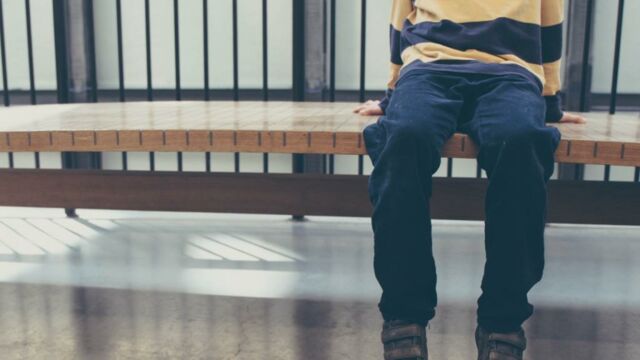It is a rare disease that affects approximately one in 100,000 children. Pfeiffer syndrome was first described in the 1960s. Its carriers, who are very young, are usually quickly noticed by the shape of their skull. Also called Noak syndrome, it results from two precise mutations.
Discover our latest podcast
The Pfeiffer syndrome
As with many hereditary diseases, Pfeiffer syndrome manifests itself in childhood. According to our colleagues from Health, it is caused by a mutation in one of the two genes involved in prenatal bone development. After this rare mutation, bone production is accelerated and the bones in the skull fuse prematurely. The fingers and toes can also be affected.
This results in a widening and flattening of the skull. Because of this effect, the baby's eyes are bulging. This is called proptosis.
Jose Cordero head of the Department of Epidemiology and Biostatistics at the University of Georgia in the United States also explains that the baby may 'have a high forehead, a sunken mid-face and a beaked nose.' If one of the child's parents has been diagnosed as a carrier of this syndrome, there is a 50/50 chance that their offspring will also be carriers.
Three types of Pfeiffer syndrome
As we are dealing with a rare disease, not everything is known about its characteristics. However, it has been found that there are at least three types of Pfeiffer syndrome. Just because the mother or father has type 1, does not mean that the baby will have it.
Read more:
⋙ COVID-19: Watch out for these 10 booster side effects in children
⋙ NHS app launches new feature to help tackle childhood obesity
⋙ COVID: New syndrome baffles scientist, as thousands of children fall sick
The second remains the most serious, when the skull takes a 'cloverleaf' shape. Professor José Cordero explains this type in detail:
When the head is terribly deformed, it can affect not only the skull, but also the respiratory system and the trachea.
The third type resembles the second without having a 'cloverleaf' effect in the skull.
The life expectancy of a child with this syndrome depends on the type he/she has. The first type does not necessarily cause big changes to a child's life when compared that of a 'normal' child. However, a child carrying either of the other two types can see their life impacted. Operations to limit complications are performed in the third and fourth months of the child's life.
This article was translated from Gentside FR.















